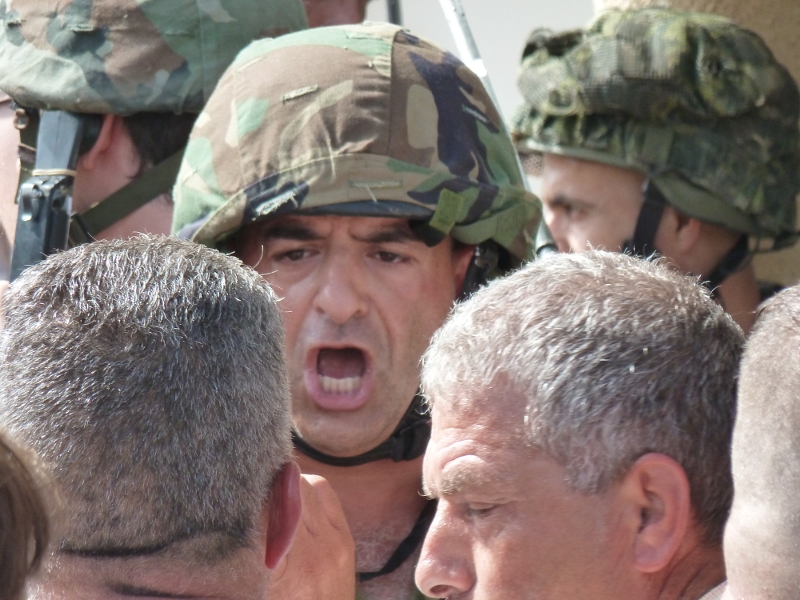Tag: Al Ma’asara
-
Israeli forces attack weekly West Bank demonstrations
22 October 2010 | International Solidarity Movement Today in the village of An-Nabi Salah, the weekly non-violent demonstration took place against the illegal settlement Hamish. Unlike other villages taking part in non-violent resistance, many women, young girls and children participate in the protest. Today, there was a child demonstration. A commemoration also took place in…
-
Weekly demonstration report
FRIDAY October 15, 2010 Report on An Nabi Saleh by May Yesterday the village of An Nabi Saleh was transformed into a war zone, with Palestinian villagers and about fifteen International Peace activists trapped within the village behind a checkpoint for five-and-a-half hours. Soldiers shot at these non-violent activists with live ammunition, rubber-coated steel bullets,…
-
Weekly demonstrations: children cry as cops clash with clowns in Al Ma’asara
1 and 2 October 2010 | ISM Media Al Ma’asara On Friday afternoon, around 50 protesters, including some 10 international and Israeli activists, gathered in the village of Al-Ma’sara, near Bethlehem, to demonstrate against the theft of village land by the Gush Etzion settlement block. The protest was also a commemoration of both International Peace…

